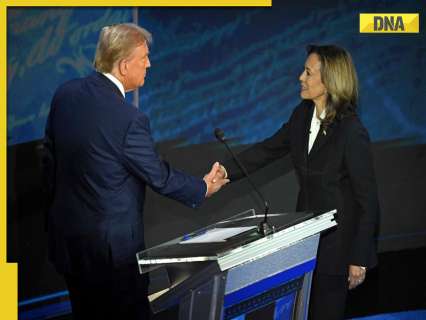The 2024 presidential election between Donald Trump and Kamala Harris could be an unprecedented scenario in which the Electoral College tie could shake American democracy. This possibility is so highly improbable that constitutional experts and political analysts are poring over the complex procedures that would follow. If neither candidate can secure the 270 electoral votes needed, the decision would then be left to Congress — known as a 'contingent election.
' The president would be chosen by the newly elected House of Representatives, and the vice president by the Senate. This unique process gives each state delegation in the House only one vote, no matter the state’s population size. That would give Wyoming, with fewer than 600,000 residents, the same voting power as California, with nearly 40 million.
Republicans now hold 26 state delegations in the House, Democrats 22, with Minnesota and North Carolina split evenly. But the outcome would depend on the composition of the new Congress elected in 2024. Each senator would vote individually to choose the vice president, just as crucial a role would be played by the Senate.
That’s a unique situation in which you could have a president and vice president of opposing parties. If the House fails to decide a president by Inauguration Day (January 20, 2025), the president selected by the Senate would become acting president until the deadlock is broken. It was 1800, the last time Congress had to decide a presidential election.


















